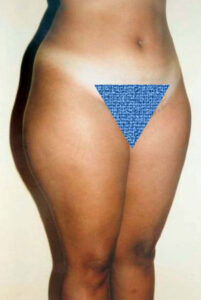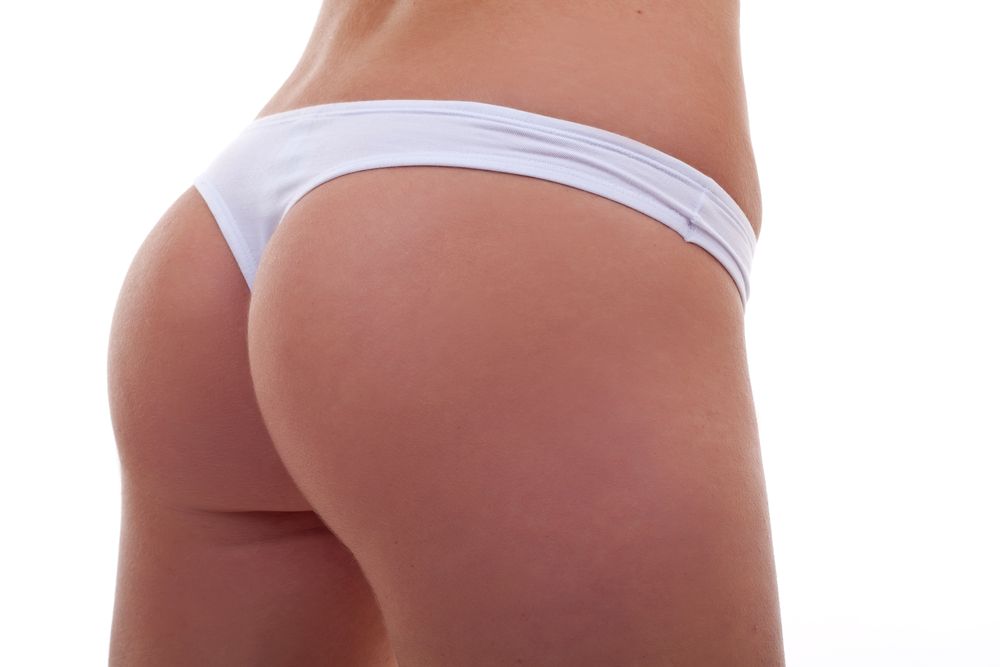Leg liposuction and lipedema
English subtitled video
We are going to talk about two different topics that Clínica Sanza Barcelona performs, tow issues related but are not the same:
1 – Leg liposuction surgery
It is the most common, done for cosmetic reasons, to improve how we look, not for a need or health reason. It consists in removing the adipocytes or cells that have the subcutaneous fat localized in thighs, knees, calves and ankles and some of these areas with several methods.
The combination of a conventional liposuction, lipolasaer, lipovirboscution and lipolaser with ultrasounds allows to obtain results that we can show you as follows in high definition. The most perfect method that exists nowadays to get the best results is body remodeling.
2 – Treatment for lipedema
Lipedema is a progressive illness of the fatty tissue that usually affects women. It is fat that accumulates in an excessive way in arms and legs.
It is not a surgery that is done for aesthetic reasons but for a real problem that needs solving before it gets worse.
The solution to this problem is the same: to a liposuction to eliminate these cells that accumulate fat in legs and ankles.
Lipedema can be of different degrees, depending on its affection:- Degree I: The skin’s surface is regular, although soft, but you can feel small fat lumps.
- Degree II: The skin’s surface is irregular, hard due to the increase off at lumps.
- Degree III: The skin’s surface is adipose, especially in hips and ankles where there are a lot of lumps of different sizes.

Causes of lipedema
The true origin of lipedema is uknown. The majority is that the main cause is unhealthy way of live (bad nutrition and sedentarism) that helps with the accumulation of fatty tissue, but that is NOT correct. Although the causes are not clear, most experts reckon it is strongly related to hormonal disorders. Its revelation and deterioration takes place after puberty, pregnancies, menopause or the take of the pill. It is also been proven that a genetic component exists in lipedema predisposition.As there is no evident origin, this makes it hard to diagnose this illness. Many patients are frustrated when they go to a specialist and receive assessments such as “tired legs”, “poor circulation” or “obesity”.
What is fat and how is it removed forever with liposuction?
The body fat is a cellular tissue that: protects the organs, covers articulations, controls the temperature, stores vitamins and is a source of energy for the body. This fat is in a semi liquid state composed basically of triglycerides. We generate it from an excess of calories that we eat and do not use.
What happens to the skin that is left over after fat is reduced with liposuction?
In most cases the skin retracts on its own and nothing else is needed. it goes back to its place alone and it doesn’t hang. Only in some cases, when the skin is considered of bad quality, it cannot retract on its own. We are talking about 5% of the cases. Look at this picture below, the skin is retracted with no need to lift it. It is not a matter of taking more or less fat that makes the skin retract, it is due to the quality of the skin. This is something the Dr will tell you before doing or paying anything. A skin lift is done only in extreme cases and later on. These types of interventions are called ABDOMINOPLASTY and you can click here to get more details and see what it is about.
https://www.clinicasanza.com/en/abdomen-and-back-surgery-barcelona/abdominoplasty/
It is not a matter of taking more or less fat that makes the skin retract, it is due to the quality of the skin. This is something the Dr will tell you before doing or paying anything. A skin lift is done only in extreme cases and later on. These types of interventions are called ABDOMINOPLASTY and you can click here to get more details and see what it is about.
https://www.clinicasanza.com/en/abdomen-and-back-surgery-barcelona/abdominoplasty/
How to mark the musculature with liposuction?
How to eliminate cellulite definitively with liposuction?

Book a visit
You can do it in 3 ways:
– Free on-site visit: Call +34 932066540 from Monday to Thursday from 9:00 am to 6:00 pm and Friday from 9:00 am to 3:00 pm.
– Free on-site visit with IMMEDIATE booking: For booking outside office hours. We charge 60 € on your card to avoid false bookings. It is refunded on the day you come to the consultation.
– ONLINE Visit: Video conference using whatsapp or Zoom. Cost of 60 € non-refundable. When booking indicate in the comments that you want videoconferencing and not on-site.

Book a visit
You can do it in 3 ways:
– Free on-site visit: Call +34 932066540 from Monday to Thursday from 9:00 am to 6:00 pm and Friday from 9:00 am to 3:00 pm.
– Free on-site visit with IMMEDIATE booking: For booking outside office hours. We charge 60 € on your card to avoid false bookings. It is refunded on the day you come to the consultation.
– ONLINE Visit: Video conference using whatsapp or Zoom. Cost of 60 € non-refundable. When booking indicate in the comments that you want videoconferencing and not on-site.
WHERE DO WE OPERATE?
At Clínica Sanza we rely on the Sagrat Cor Hospital, part of the Quirónsalud group, to perform our surgical procedures.
Its prestige, facilities, medical and healthcare staff, as well as its technology are a guarantee.
BARCELONA: A HEALTH HUB
Do you want to know why it is worth coming to Barcelona for plastic surgery and why so many people come from abroad?
WE ORGANIZE EVERYTHING FOR YOU
Your trip, your flight, your operation, your transfer and your hotel with our support agency. We work with the best travel agencies worldwide.
PATIENT PROFILE
Its more frequent in women than in men.
Patients that would like to improve the volume, shape or cellulite of their legs.
Patients that look after their diet and practice exercise and still have accumulated fat in: thighs, knees, inner side or any area of their legs.
Patients that genetically develop more fat in their legs in comparison to their arms, shoulders, and abdomen.
PROCEDURE
The procedure is taken place in a hospital surgery as mentioned.
It is an easy procedure when it consists in eliminating small bumps that are less than one kilo of fat tissue.
Nevertheless, it can be more complicated when it consists in eliminating 6 or 10 kilos of fat tissue. In all cases, the scaring is minimum as the intervention uses fine laser or ultrasound cannulas.
It’s one of the most variable surgeries as it depends on the area that is intervened, it’s not the same reducing the fat on one concrete area of the body than reducing several clothe sizes and the whole legs.
DURATION OF THE SURGERY
- From 1 to 5 hours
PROTOCOL
Pre-surgery
- Evaluation of the area for an accurate treatment
- Follow the Doctors instruction
- Blood tests, cardiac and respiratory tests
Anesthesia
- Local and sedation, epidural or general if preferred
Hospitalization
- Either hospital stay of 24 to 48h or no overnight hospitalization
Post-surgery
- Wear a compressive corset that Clínica Sanza provides
- Medication if required
- Postoperative revisions to avoid complications
- Stich removal at 10-day post-surgery if required
Convalescence
- 1 to 7 days of complete rest depending on each individual case
- Removal of the corset 15 or 30 days after the intervention
- We recommend lymphatic massages to speed up the recovery
- Strong physical work outs 1 month after the intervention
RESULTS/OUTCOME
- Very effective and last longing
- Rejuvenated and improved appearance
- The loss of one or several clothe sizes
- Self-esteem, confidence and security
DIFFICULTY LEVEL
- Easy/complex intervention
RISK LEVEL
- Low/medium
- Surgical intervention risks: bleeding, bruising, infection. Rare if followed appropriately the Doctors advice and post check-ups
- Intervention risk: The possibility of postintervention irregularities that may require a small retouch
BEFORE/AFTER PHOTOS








Whatever your case may be, do not hesitate in contacting us.
Clínica Sanza in Barcelona, Spain, quality service














